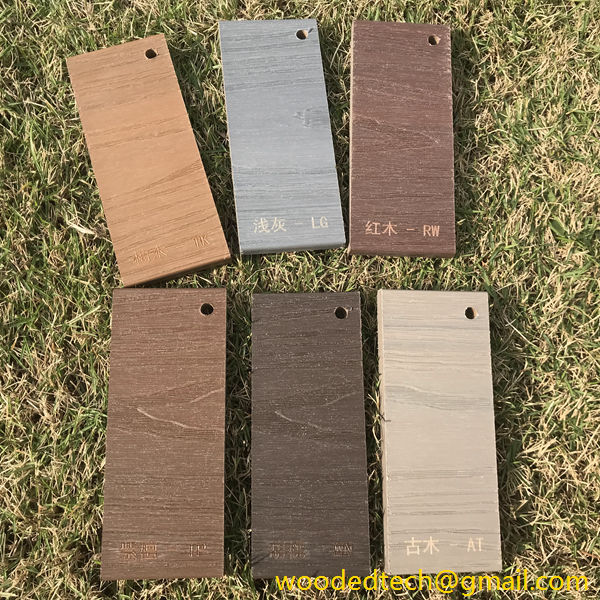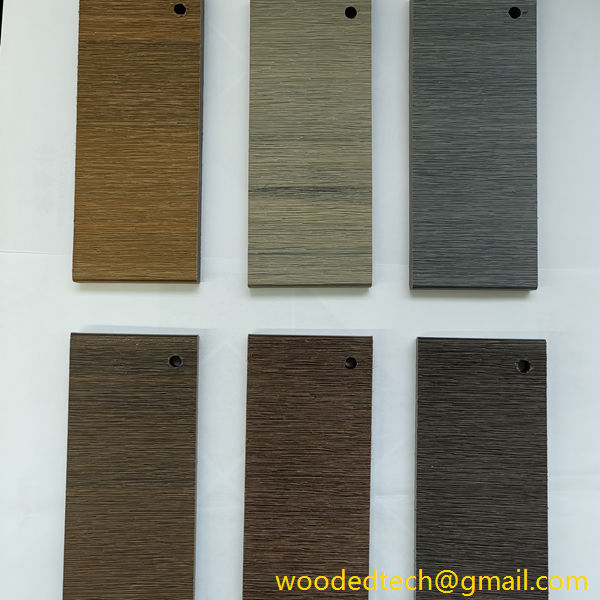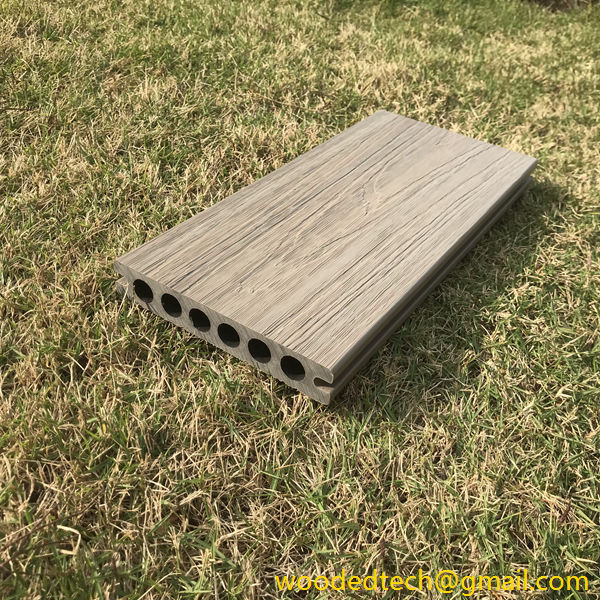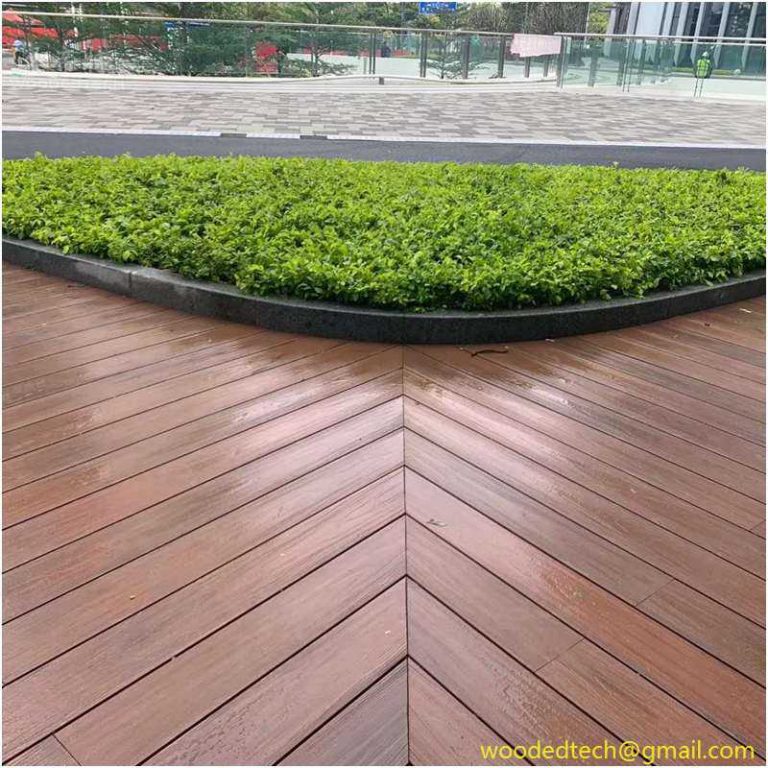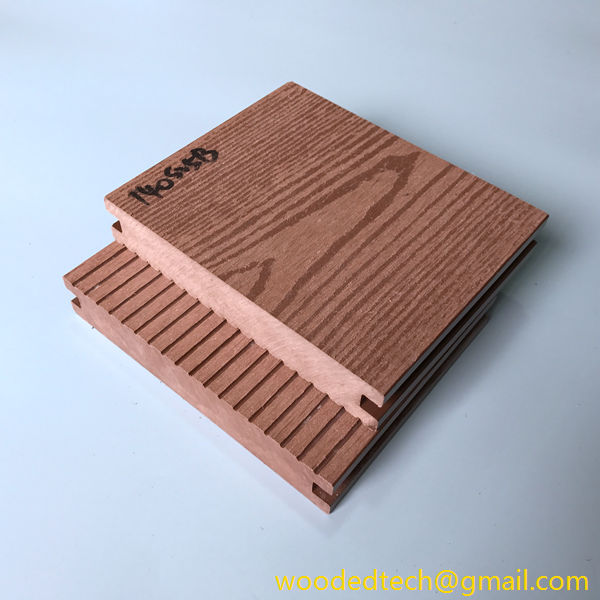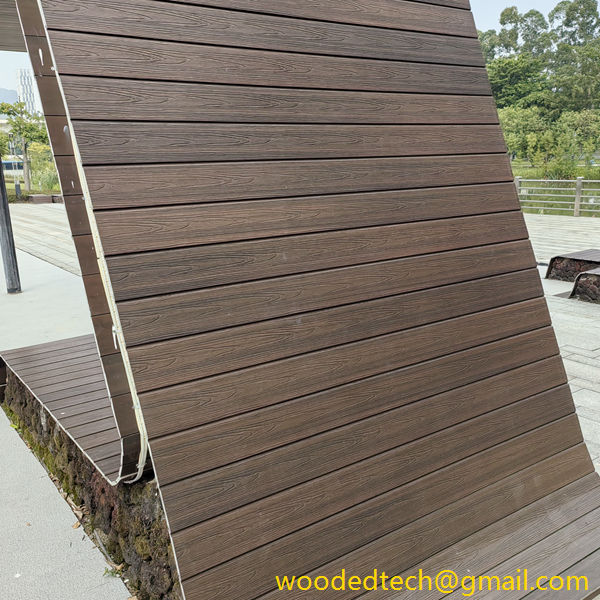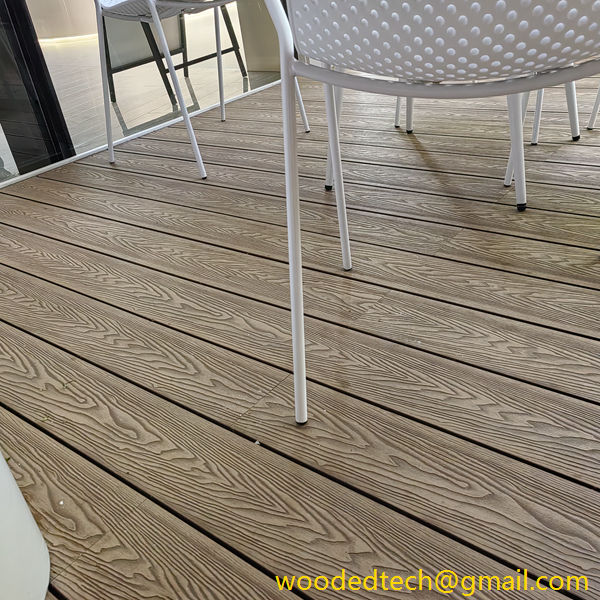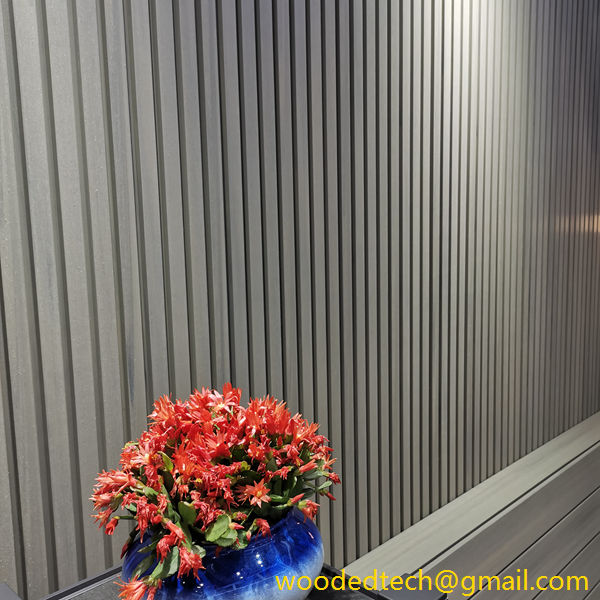Выберите правильный цвет панелей из ДПК в соответствии с вашим стилем
Выберите правильный цвет панелей из ДПК, чтобы они соответствовали вашему стилю Выбор правильного цвета панелей из ДПК (древесно-полимерного композита) - важный аспект дизайна интерьера и экстерьера. Панели из ДПК становятся все более популярными благодаря своей долговечности, неприхотливости в обслуживании и эстетической привлекательности. Когда вы начинаете выбирать подходящий цвет для ваших панелей из ДПК...
Выберите правильный цвет панелей из ДПК в соответствии с вашим стилем
Choosing the right WPC (Wood-Plastic Composite) panel color is an essential aspect of interior and exterior design. WPC panels are increasingly popular due to their durability, low maintenance, and aesthetic appeal. As you embark on the journey of selecting the appropriate color for your WPC panels, it is crucial to consider various factors that will enhance the harmony of your space while reflecting your personal style.
When it comes to WPC panels, color is not merely a cosmetic choice; it plays a significant role in defining the overall atmosphere of a room or outdoor area. Colors can evoke emotions, set the tone, and create a sense of cohesion throughout your design. Therefore, understanding the implications of different colors can significantly impact your final decision.
One of the first considerations in choosing the right color is the existing palette of your space. If you are working within a pre-established color scheme, it is vital to select WPC panel colors that complement or contrast effectively with those hues. For instance, if your home boasts a neutral palette dominated by whites, grays, and beiges, opting for a WPC panel in a bold color can create a striking focal point. A deep blue or rich green can add a modern touch to an otherwise minimalist design, drawing attention while still feeling cohesive.
Conversely, if your home already features vibrant colors, you might want to lean towards more muted tones for your WPC panels. Soft earth tones such as taupe, warm browns, or gentle greens can provide a beautiful backdrop that allows other elements of your design to shine without overwhelming the space.
Another significant factor to consider is the style of your home. The architectural style can greatly influence the color choices for your WPC panels. For instance, a contemporary home may benefit from sleek, dark colors like charcoal or slate that enhance its modern aesthetic. On the other hand, a traditional home might look best with classic colors such as cream, light brown, or soft pastels that evoke a sense of timelessness and warmth.
In addition to the interior style, the purpose of the space can also guide your color selection. For outdoor applications, such as decking or fencing, you may want to choose colors that harmonize with the natural surroundings. Earthy tones like moss green, sandy beige, or rustic browns can blend seamlessly into gardens and landscapes, creating a tranquil outdoor environment. Alternatively, you might want to consider brighter colors for outdoor spaces to create an inviting and lively atmosphere. Bright reds, sunny yellows, or vibrant blues can infuse energy into patios or balconies, making them perfect spots for gathering and entertaining.
Furthermore, it is essential to take into account lighting conditions when selecting your WPC panel colors. Natural and artificial light can significantly alter the appearance of colors throughout the day. For example, warm sunlight can make colors appear more vibrant, while cooler light conditions can mute them. Therefore, it is advisable to view your chosen colors in various lighting situations before making a final decision. Test samples in your actual space during different times of the day to see how they interact with the light and surrounding elements.
Texture is another important aspect that can influence your perception of color. WPC panels come in various finishes, from smooth to textured surfaces. The texture can affect how light reflects off the panels, thereby altering their perceived color. For example, a matte finish may absorb more light and appear darker, while a glossy finish can reflect light and enhance brightness. Therefore, when selecting your WPC panel color, consider the finish and how it may interact with the chosen hue.
If you find yourself overwhelmed by the myriad of choices, consider creating a mood board. Collect samples of WPC panel colors along with paint swatches, fabric samples, and images that inspire you. A mood board provides a visual representation of your design direction and can help you see how different colors work together. This creative exercise can clarify your vision and make the decision-making process more enjoyable.
Lastly, do not hesitate to seek professional advice if you feel uncertain about your choices. Interior designers or color consultants can offer valuable insights based on their experience and expertise. They can help you navigate the complexities of color theory, ensuring that your final selections align with your style and the overall design of your space.
In conclusion, choosing the right WPC panel color is a thoughtful process that requires consideration of several factors, including your existing color scheme, architectural style, intended purpose, lighting conditions, and texture. By taking the time to explore these elements and reflecting on your personal preferences, you can select a color that not only enhances the beauty of your space but also creates a harmonious and inviting environment. Whether you opt for bold statements or subtle elegance, the right WPC panel color will undoubtedly elevate your design and make a lasting impact.

